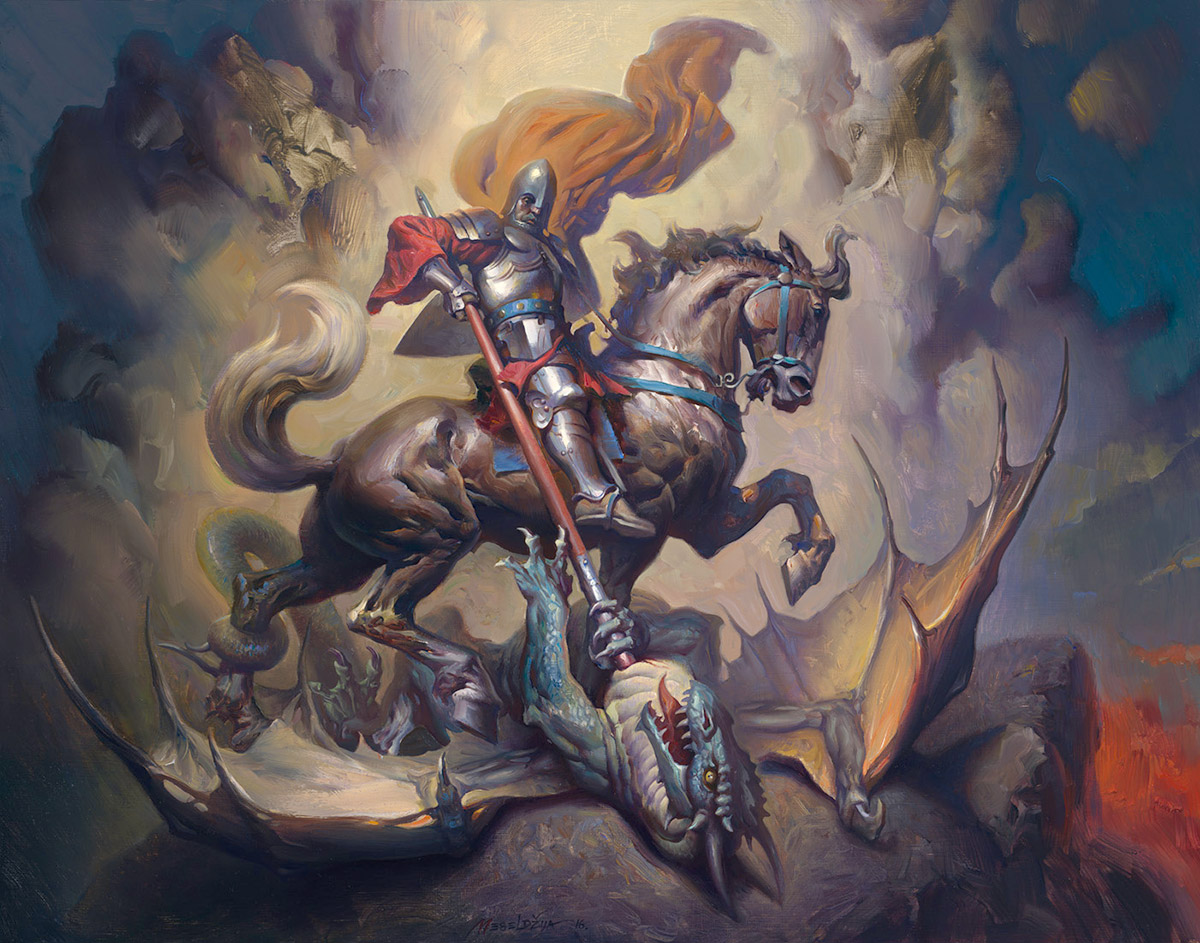
the Dragon – 63X50 cm, oil on MDF board, Private commission, 2016.
Colors. I started blogging in 2010, and after a couple of years of intense
writing and sharing, various reasons have made me decide to stop posting blog
entries. Recently, I felt again the need to share my thoughts and
insights about some important aspects and issues regarding art and other
related things.
past few years, which is the importance, or the relevance, of
mythological symbols, archetypes and metaphors in Art and Life today. It is
quite obvious that we live in very turbulent times; times marked by many
changes – some of which are quite fundamental and dramatic – times that
are characterized by a process called demythologization of life and society.
purpose of entertainment, can mythology still be relevant to our lives? The answer is – of course it can! Moreover, it is needed today as much as before, and perhaps even more today than before because we have lost our collective
myth (I am generally referring to the modern western society in particular).
it brought into the world, have made some of the basic functions of mythology
quite irrelevant (according to Joseph Campbell there are 4 functions of mythology). Especially its second, the cosmological function has become outdated. The first, metaphysical function of mythology seems to have lost
the battle against our rationalism and materialistic approach to life. It’s
third, sociological function is now mainly controlled and governed by the
various secular state institutions. It seems that only the fourth function of mythology,
the psychological one, is still pretty much alive. In other words, the
way to make mythology still relevant and practically worthwhile to our lives is
through psychology.
Why psychology? Simply because the world of mythology is
not some kind of a fantastic, imaginary external realm reserved only for Gods and
other mythological creatures, and therefore inaccessible to human beings.
On the contrary! Mythology basically reflects the stages in the development of the human
psyche. Man has created the mythology – or better said it arose
spontaneously from deep within him, from the unconscious (according to
some scholars) – and, now, this mythology tells about him, his condition and
his journey.
better understand the hidden meaning of symbols and metaphors that make up the language of
mythology. There is no better way to express the fundamental truths
about man and the existence but through the metaphors. Things change their
outer appearance through times, but their essence stays the same.
One of the main characteristics of these universal preconditions of existence is that they cannot be appropriately expressed through
words, for they greatly transcend the language and its cultural and social
limitations – sometimes they even transcend the intellect itself. The use of
right (living) symbols, archetypes and metaphors is proven to be the best
solution to this problem. However, being as dynamic and as elusive as the
very phenomena they are referring to, these symbolic interpretations are not
the ultimate solution, for there is no ultimate solution to this problem, no
final answer to the fundamental questions of existence, only temporal
indications, for Life is fluid, and the Self is incomprehensible. Still we don’t have a better way to express the inexpressible but through the mythological
symbols, and archetypes – the metaphors.
So, the metaphors are not supposed to
be taken literally – they are no facts, they are just metaphors. They are no
lies either, they are metaphors. They do not try to define, nor to describe,
but to indicate the existence of these illusive fundamental principles of our
existence, and to inspire a birth of a certain notion in the mind and the heart
of men, so that we can develop a clearer and more
comprehensive vision and attain enrichment and realization. They offer a necessary support to our
psyche, and help us create a solid ground under our feet.
Therefore, our own imagination and intuition plays a crucial part in this
process. Because in its very nature, all of this is both individual and
collective, there is no universal formula that can show us how to deal with our own
symbolic life. There are only indications, “guideposts”, inspiration and the
great mystery of Life, and the Self.
to our conscious part. This often happens in our dreams and fantasies.
Ignoring and doing nothing about the message presented by the symbols that spontaneously
arise from the unconscious leads almost certainly to some type of neurosis. That is why our intellect, from a certain point on,
has very little to say about these processes, except, of course, for the subsequent and important work of
integration of the suppressed contents from the unconscious (often indicated by the symbolic meaning of the metaphors) into the
conscious life.
unsolicited advice especially to those who found this article inspiring:
true Art, being one of the most genuine emanations of that
mystery, is a miracle too.
of the symbols that you use, or that spontaneously appear in your art.
comes in, Art goes out.” – Harvey Dunn.


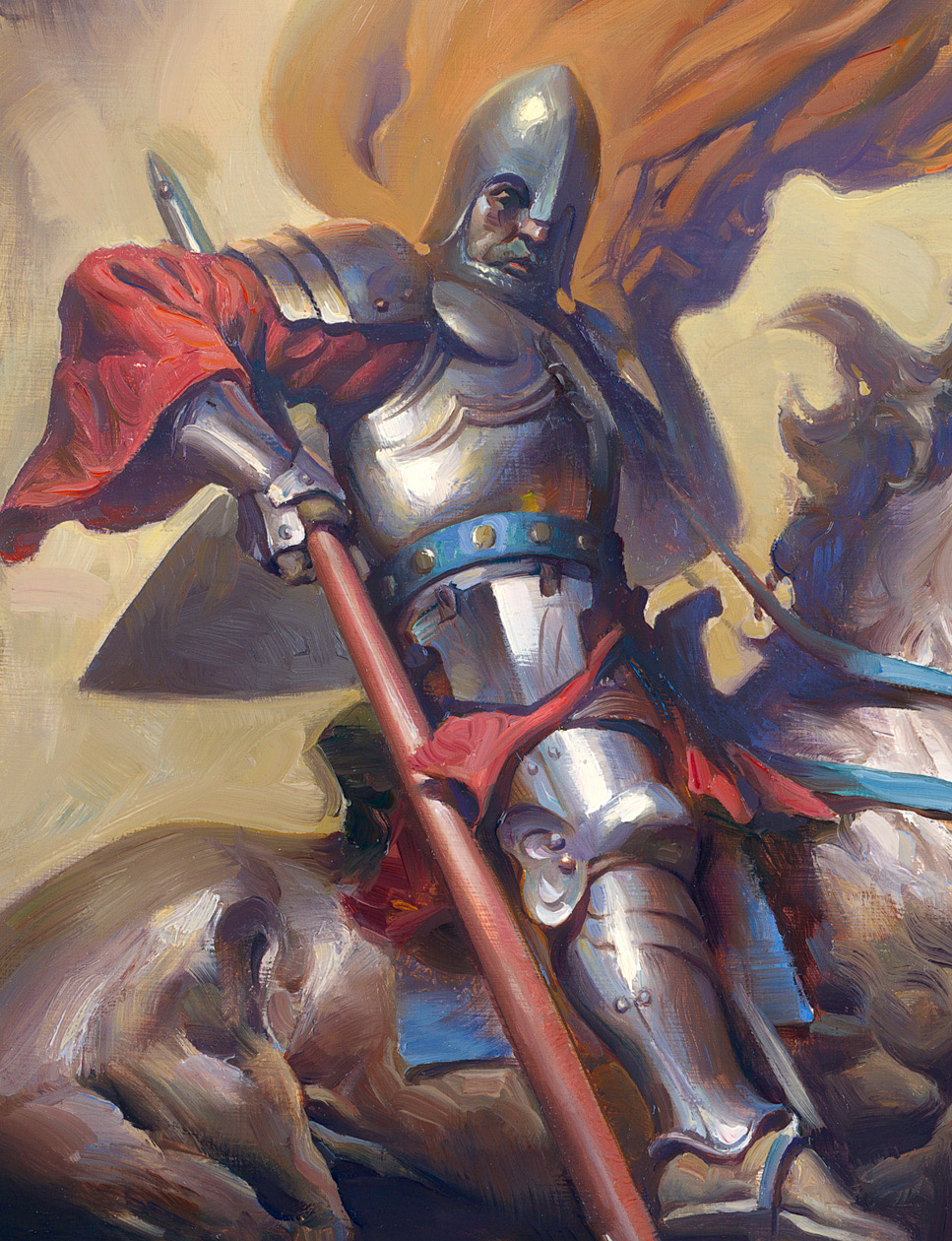
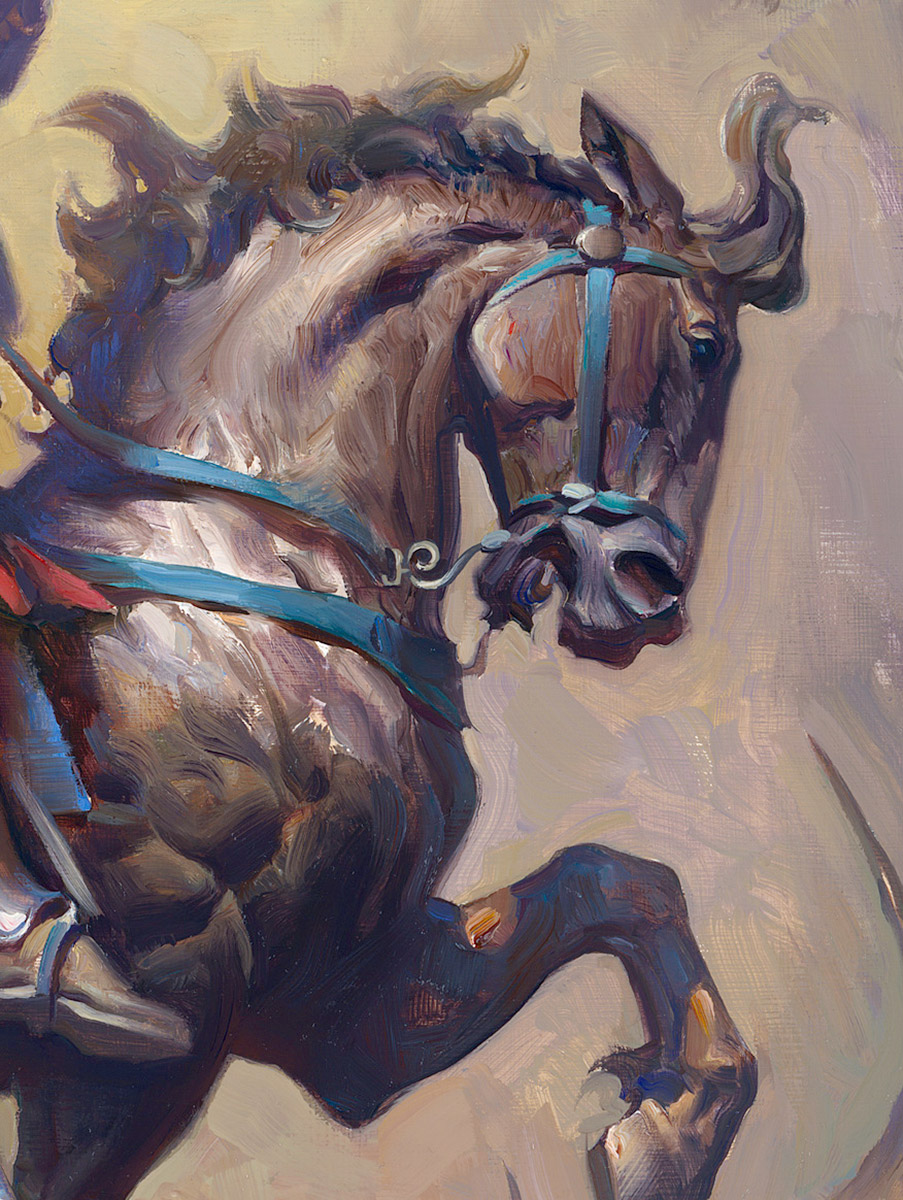
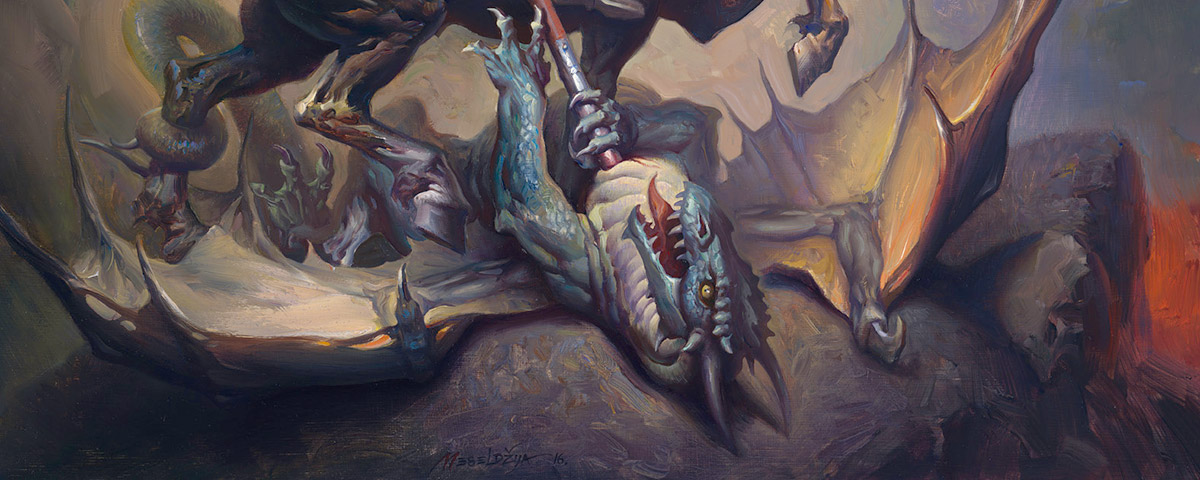
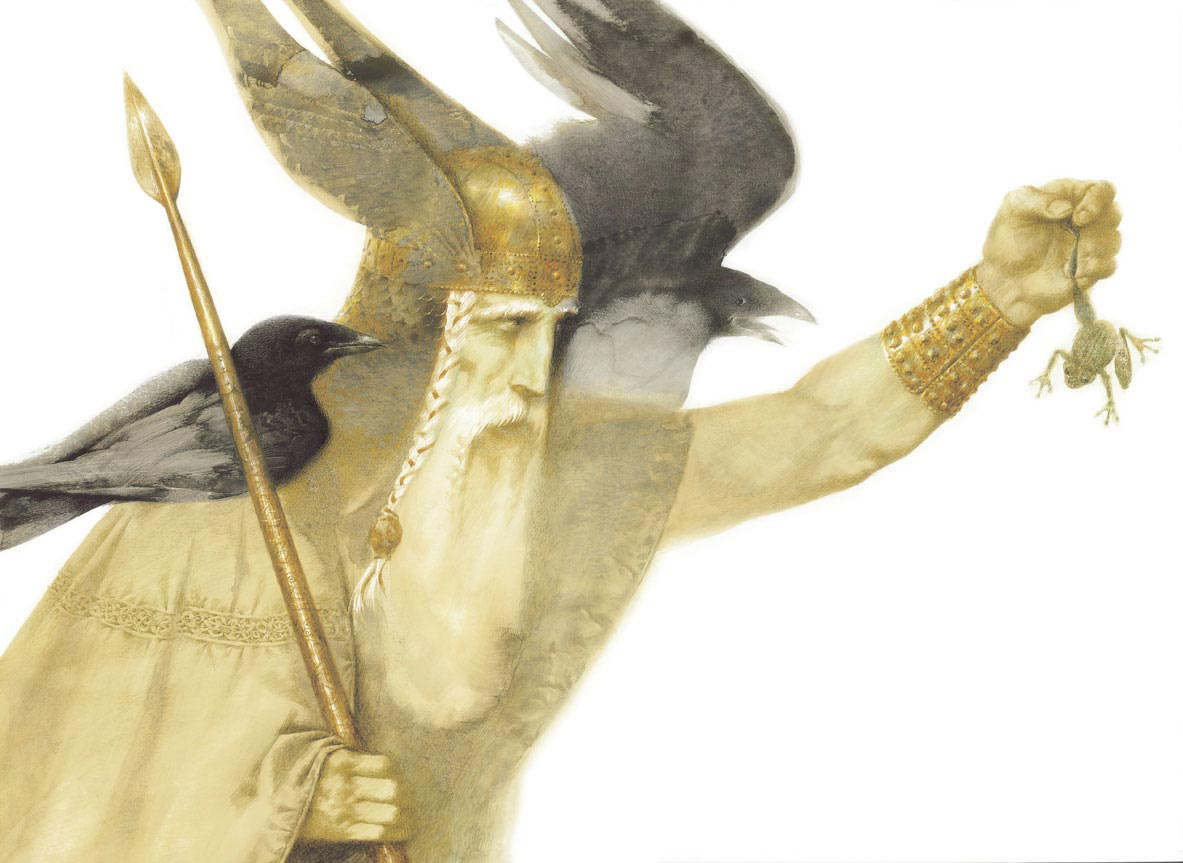
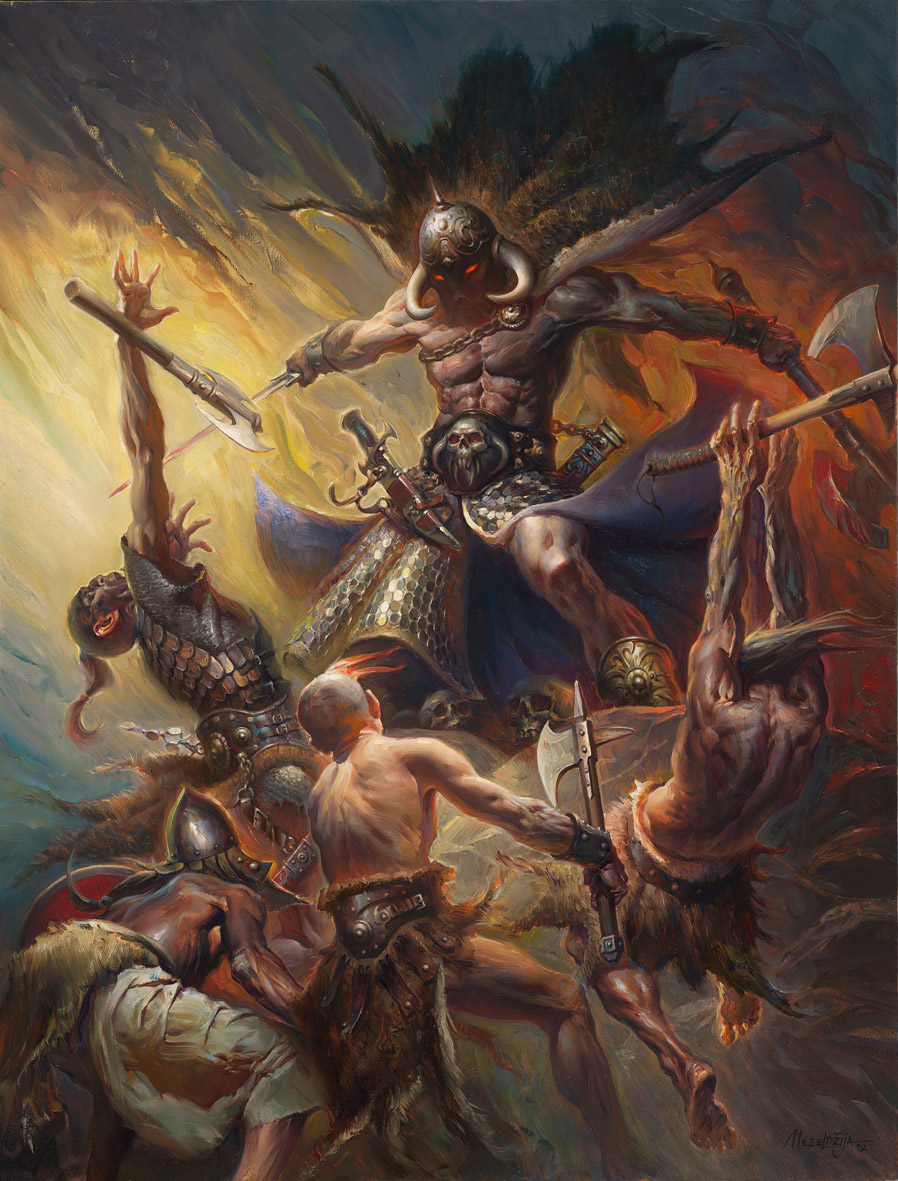
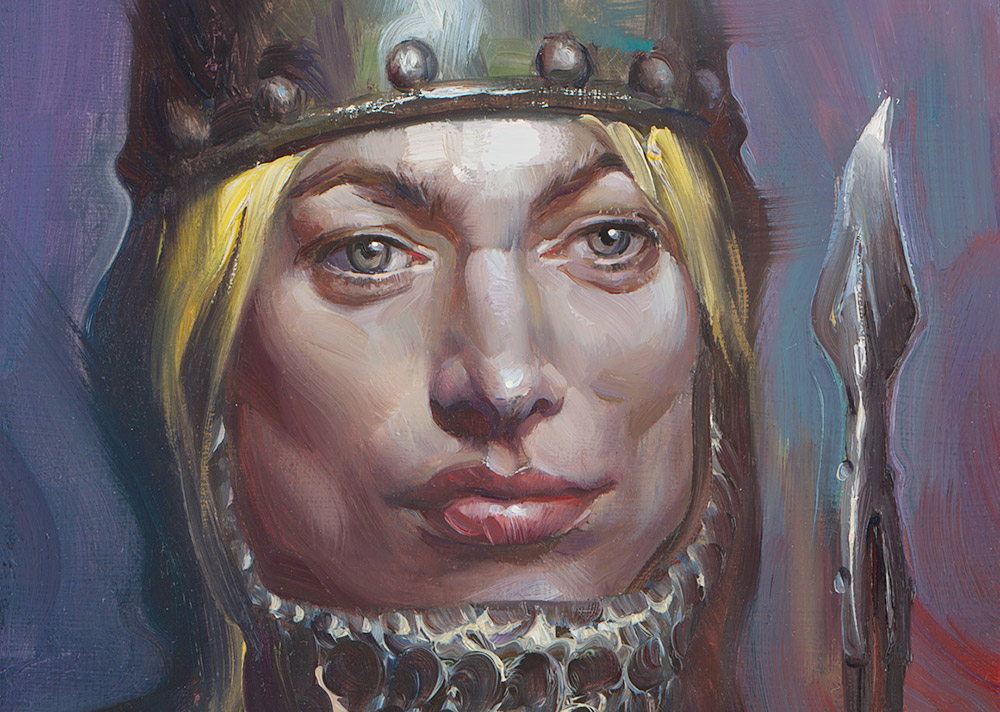
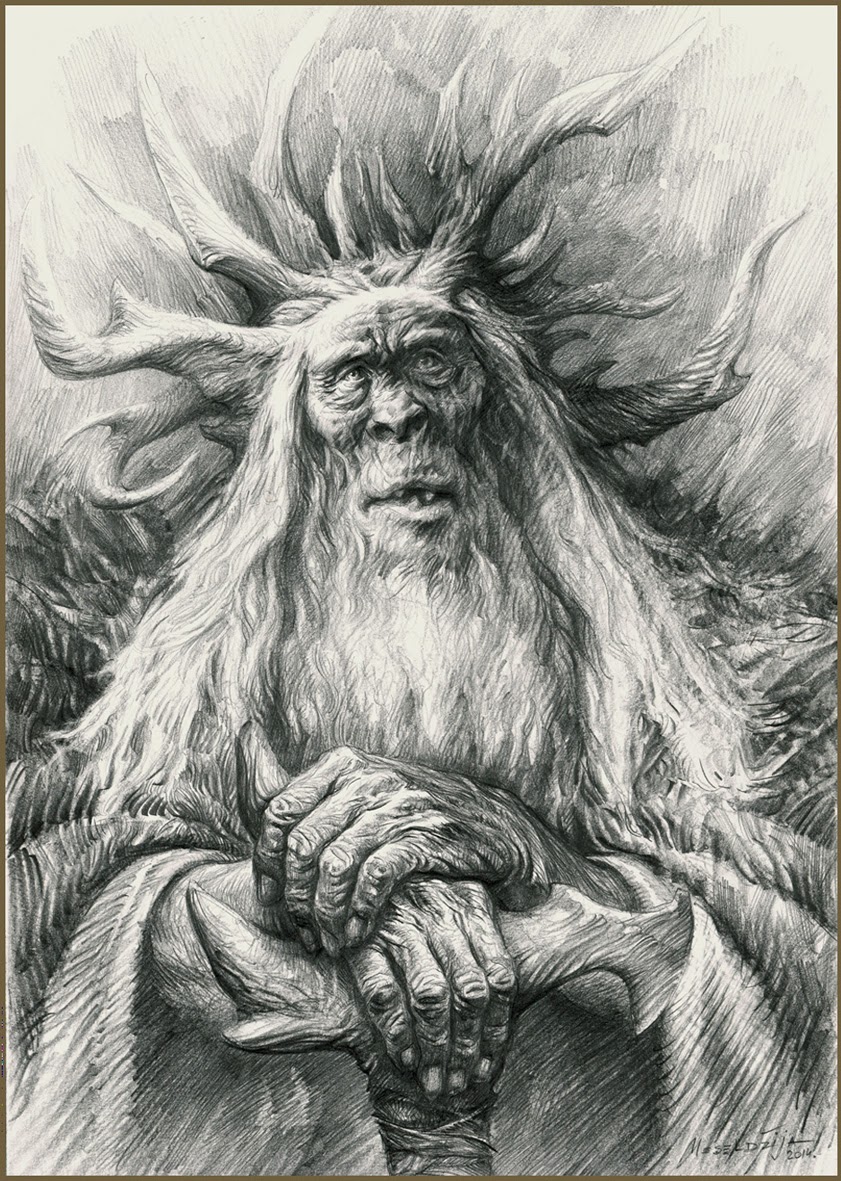

https://www.psychologytoday.com/blog/is-your-brain-culture/201012/trouble-in-myth-land-campbell-and-moyers
Wonderfully thoughtful Petar and a great painting as usual. Welcome back!
Thank you, Brian!
Nice job Petar. Looks like you are experimenting with transparent and translucent colors and allowing for some mixing spontaneously on the canvas. There are some nice happy accidents in there.
Thank you, John! Yes indeed, happy accidents are an important part of my approach and technique. I always try to keep as much as possible of these little “gifts” in the final stages. I like their translucency because it adds more light and motion to the final piece, and makes the painting more alive, spontaneous, evocative and convincing.